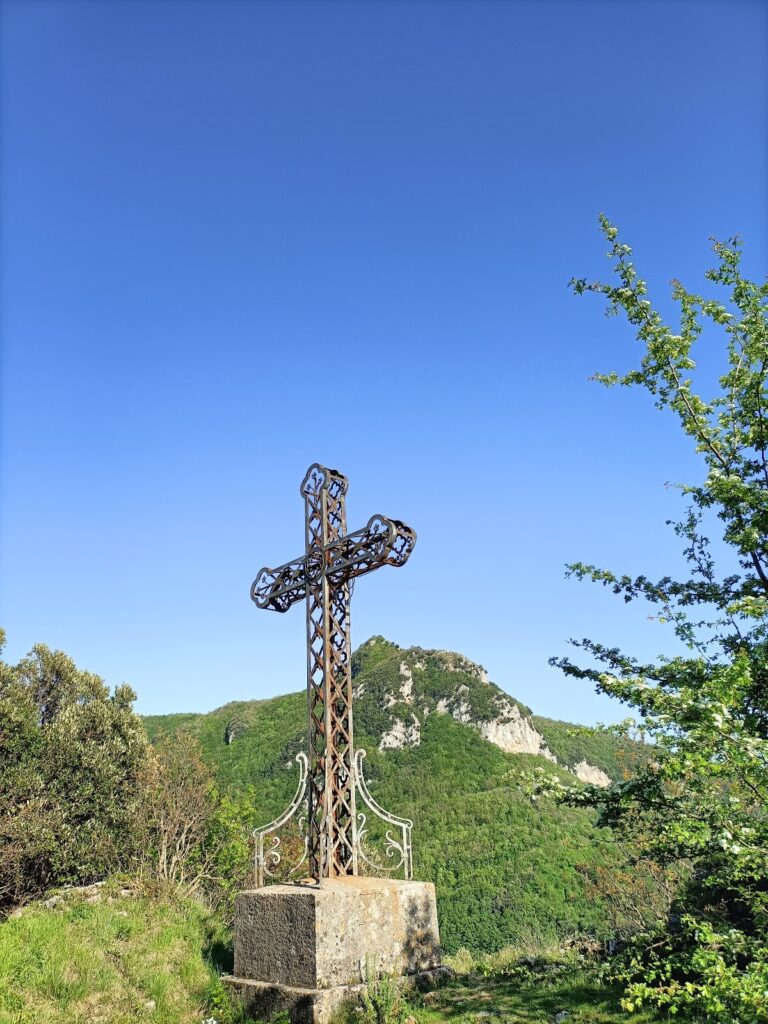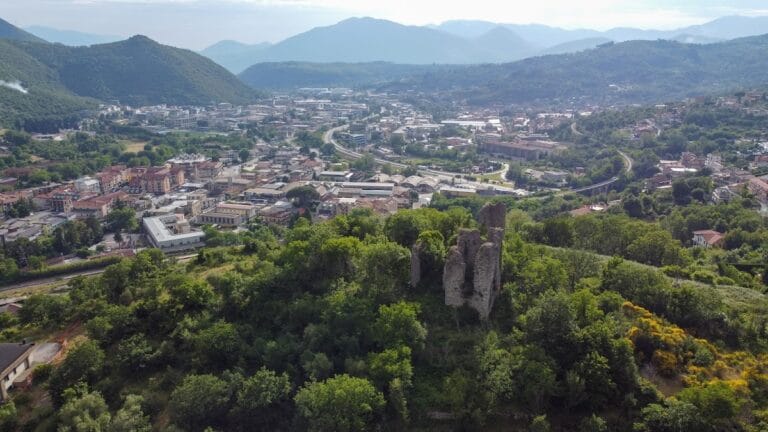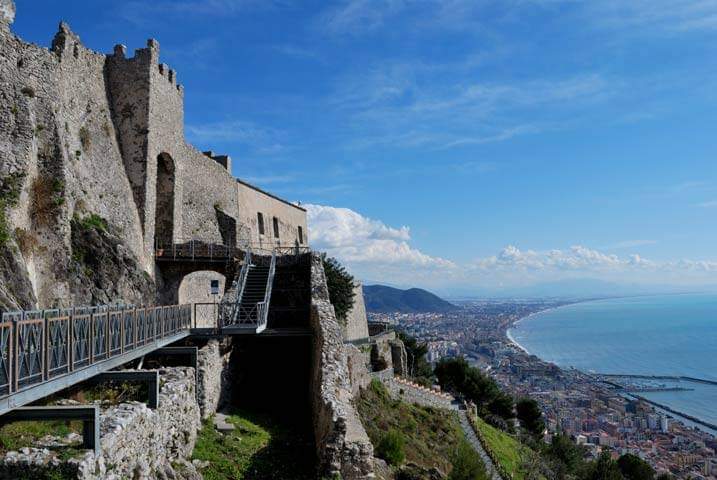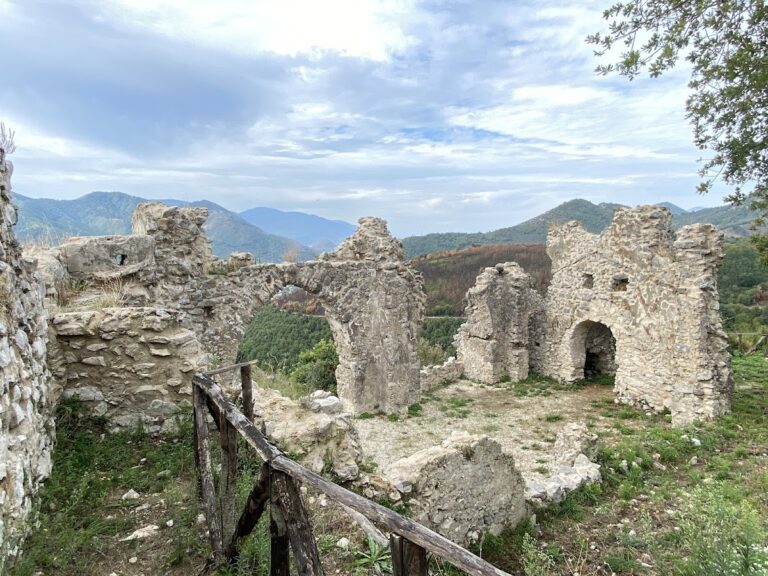Castello Gerione: A Historic Lombard Fortress in Campagna, Italy
Visitor Information
Google Rating: 4.2
Popularity: Very Low
Google Maps: View on Google Maps
Official Website: www.ilgerione.net
Country: Italy
Civilization: Unclassified
Remains: Military
History
Castello Gerione, also known as Girone, is a historic fortress situated in the town of Campagna, Italy. Its origins trace back to the Lombard period, with the earliest documentary evidence dating to a parchment from 1056. Although its exact construction date is uncertain, the fortress likely originated in the 10th century, built by the Lombard civilization to secure control over nearby mountain passes and to monitor the expansive Sele plain below.
During the Norman era, Count Roberto appears as the first documented lord of the castle, highlighting its importance as a feudal stronghold. In 1220, the fortress gained greater prominence when Emperor Frederick II included it into the royal domain, known as the Demanio Regio. At this time, Castello Gerione was recognized among the kingdom’s main fortifications, grouped under the classification “Castra exempta,” which indicated its strategic value to the imperial authority.
The castle also holds a notable religious episode in its history. In 1384, Pope Urban VI sought refuge there while fleeing from nearby Nocera, emphasizing the fortress’s role as a sanctuary during times of upheaval. The site continued to function in a military-defensive capacity until the early 16th century. In 1515, Duke Ferdinando Orsini, the final feudal owner, transferred ownership of the castle to the Collegiate Church of Santa Maria della Pace. This decision was influenced by the fortress’s inconvenient location for the evolving political and military landscape of the period.
Beyond its feudal and religious uses, Castello Gerione later served other functions. During the era when the Grimaldi family, Princes of Monaco and Marquises of Campagna, held lordship over the region, the castle was reportedly used both as a prison and a Spanish garrison. Today, the property is under the ownership of the former orphanage Lavinia Cervone in Campagna, preserving the site’s historical legacy through its ongoing custodianship.
Remains
The surviving structure of Castello Gerione occupies roughly 3,000 square meters and retains a spindle-shaped design typical of its era. The layout reflects its function as a defensive fortress commanding extensive views across the surrounding landscape. The fortress is accessible exclusively on foot, reached via two paths from the town or from nearby localities such as Monte Romanella and the Romanelle area.
Two main entrances once allowed controlled access to the complex. One gateway connects the castle to the Baronial Palace overlooking the Sant’Agostino cliff, while the other lies close to Monte Romanella. Along the western side, a defensive wall runs parallel to the road known as Via San Bartolomeo, punctuated by four towers. Of these, one tower has recently undergone restoration, ensuring part of the structure remains preserved for study.
Another fortified gate secured access from Via Pianello and was reinforced by two flanking towers, underscoring the castle’s defensive considerations. The entire fortress is encircled by a robust curtain wall measuring approximately 1.8 meters thick, topped with battlements fashioned in the Guelph style, characterized by rectangular-shaped merlons designed for protection and defense.
Within the complex, visitors would have encountered an outer courtyard immediately beyond the entrance, accompanied by a garrison building and a basse-cour—a small enclosed yard used for various domestic or defensive purposes. The residential quarters of the lord were defended by a wooden drawbridge leading into a small courtyard, which was overlooked by the donjon (a large, rectangular tower serving as the main fortified keep).
The principal building, the lord’s palace, exhibits an irregular shape and rises over two floors. It included essential facilities such as a chapel, kitchens, a cistern designed to collect rainwater, and private chambers for the lord. Situated on a hilltop, the castle’s remains offer strategic vistas overlooking the town and stretches of the Sele plain, reflecting the fortress’s original purpose as a center of military surveillance and control.







